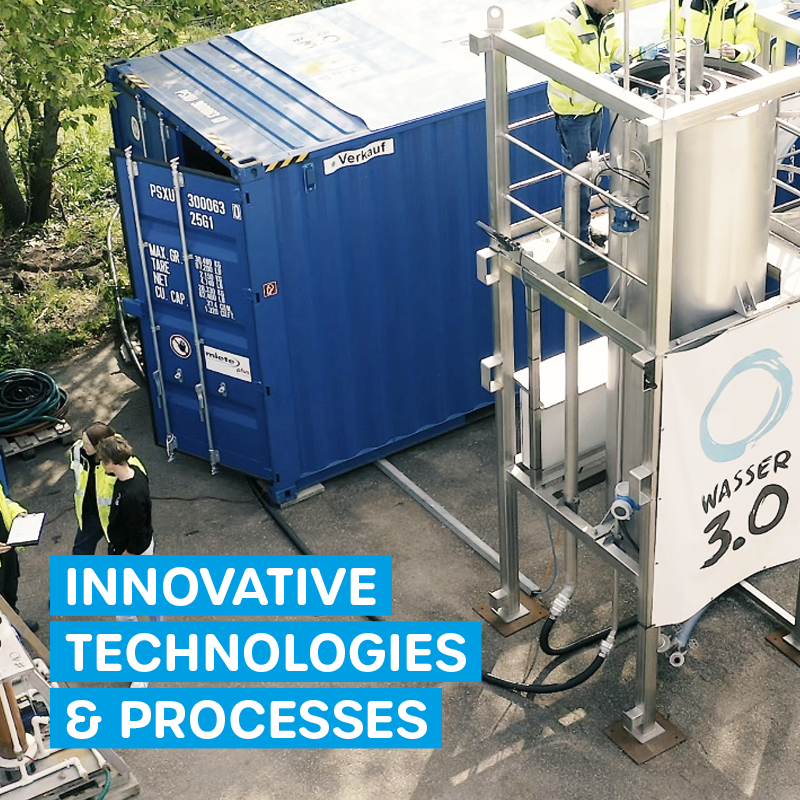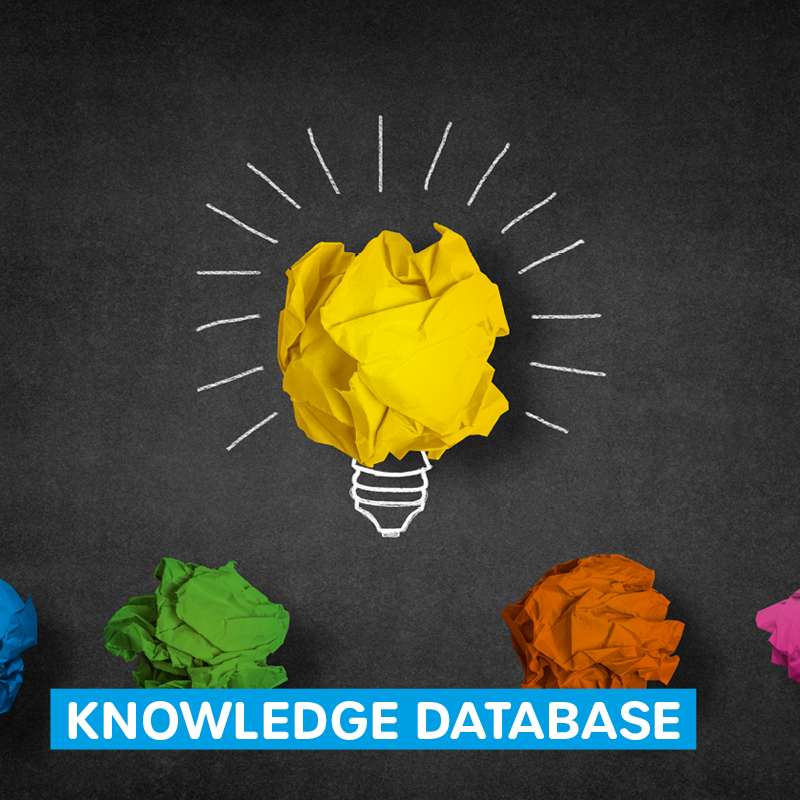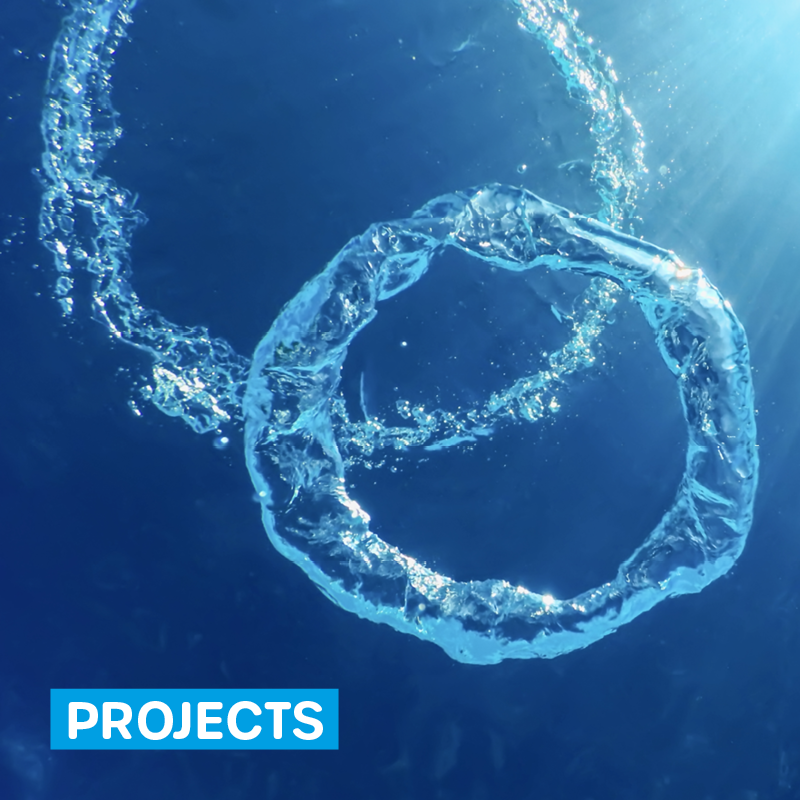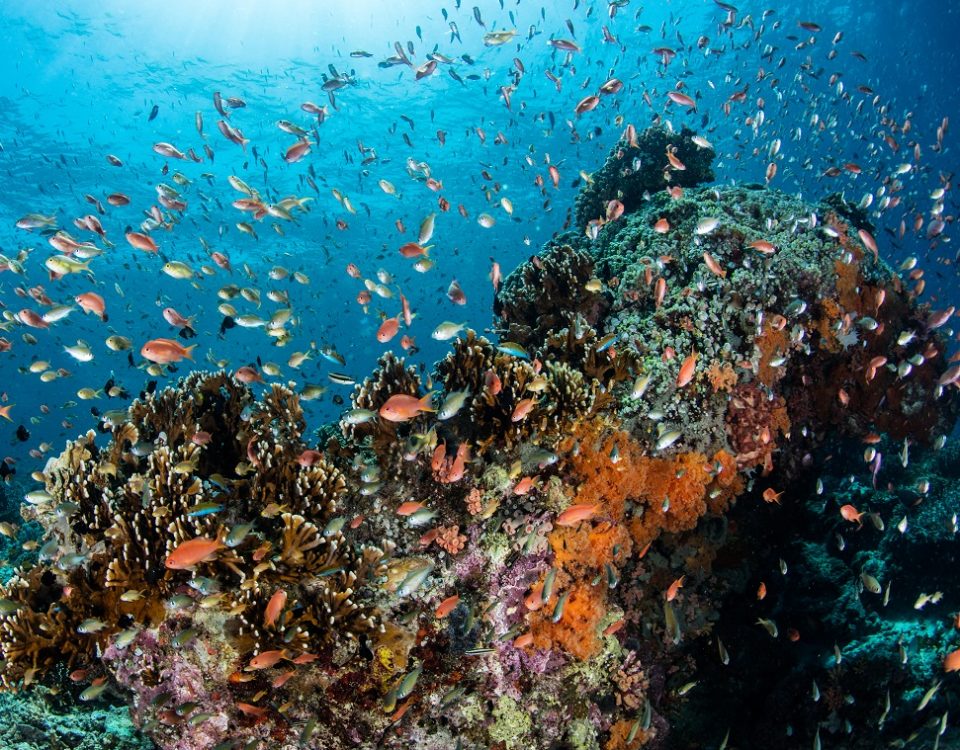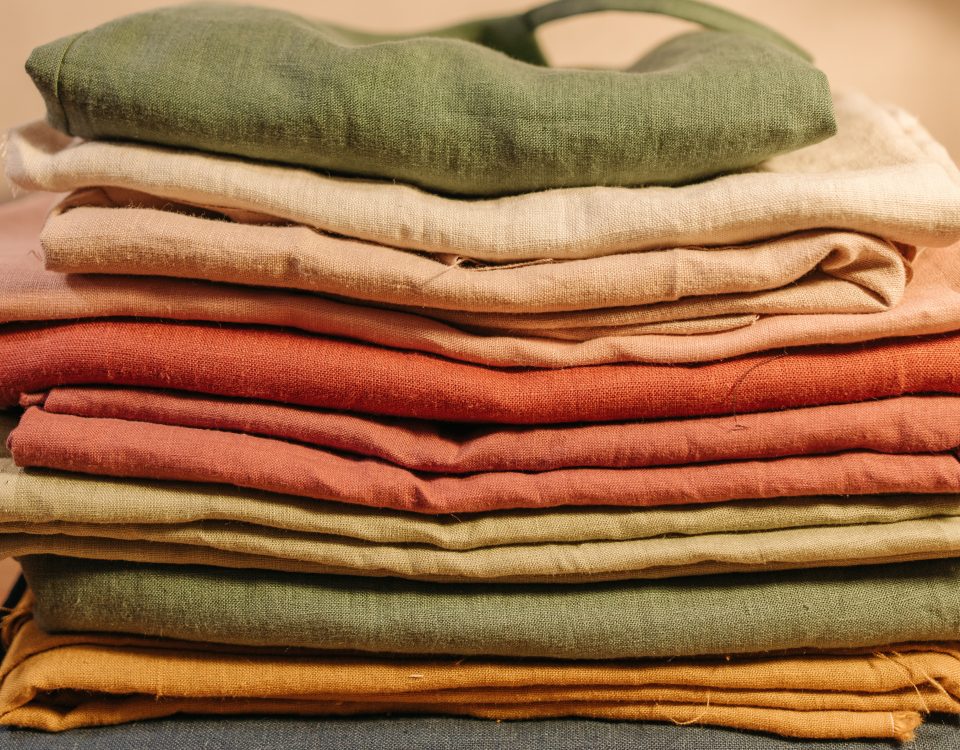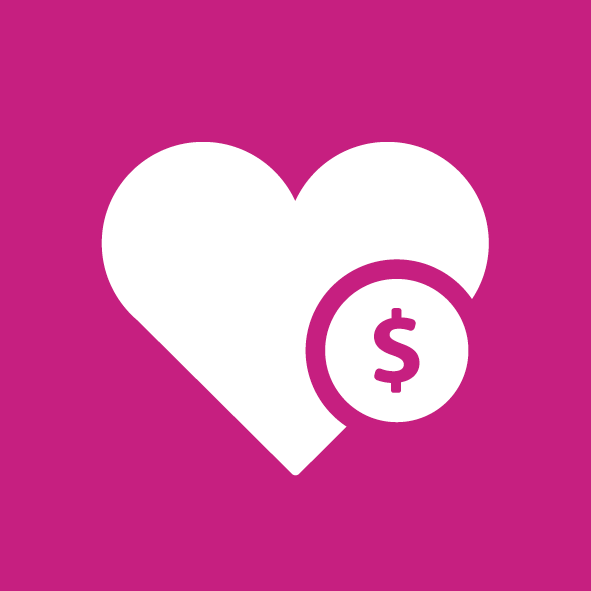
Consulting for analytical laboratories, standardization committees, process designers, sustainability experts, legislators and many more...
How can we help you?
As a partner to management and the research, sustainability and innovation departments, we advise our clients from strategy development through to pragmatic implementation. You, the customer, set the direction.
Together with you, we develop innovative, sustainable solutions for water without microplastics, provide our natural, environmental, business and communication services and work with you on intelligent, future-proof business models.
What moves your or your company?
Managing risks and complexity
Using capital for water without microplastics
Trust, transparency and answers
Promote innovation
Creating a competitive advantage
Innovative marketing, sales and service technologies
Open innovation and non-profit business models
Use data options
Standardization and harmonization
Optimize processes
Technology Consulting

